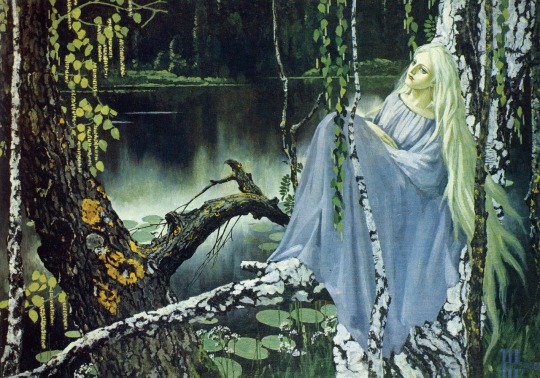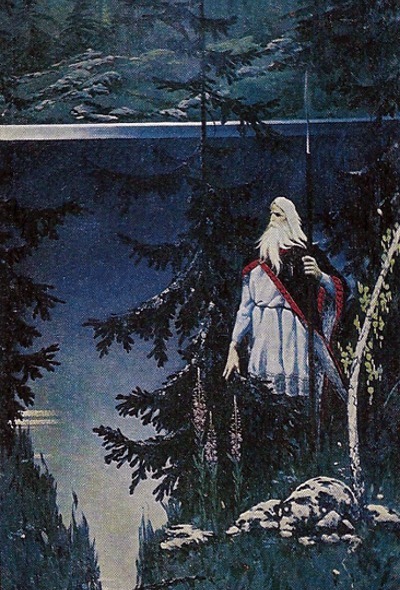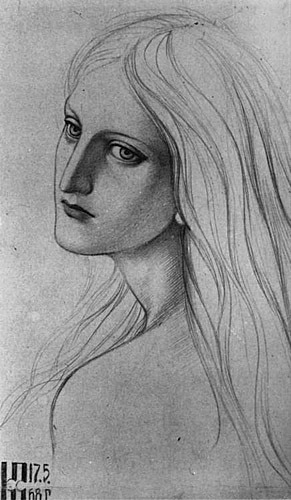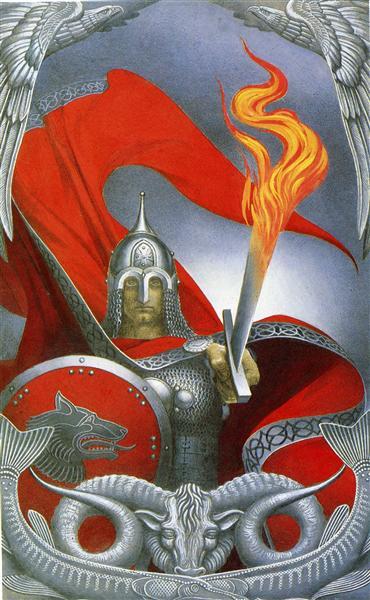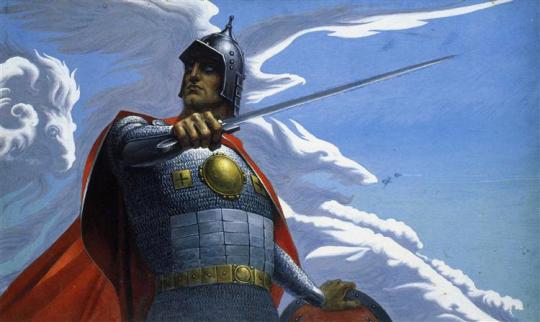#konstantin vasilyev
Text
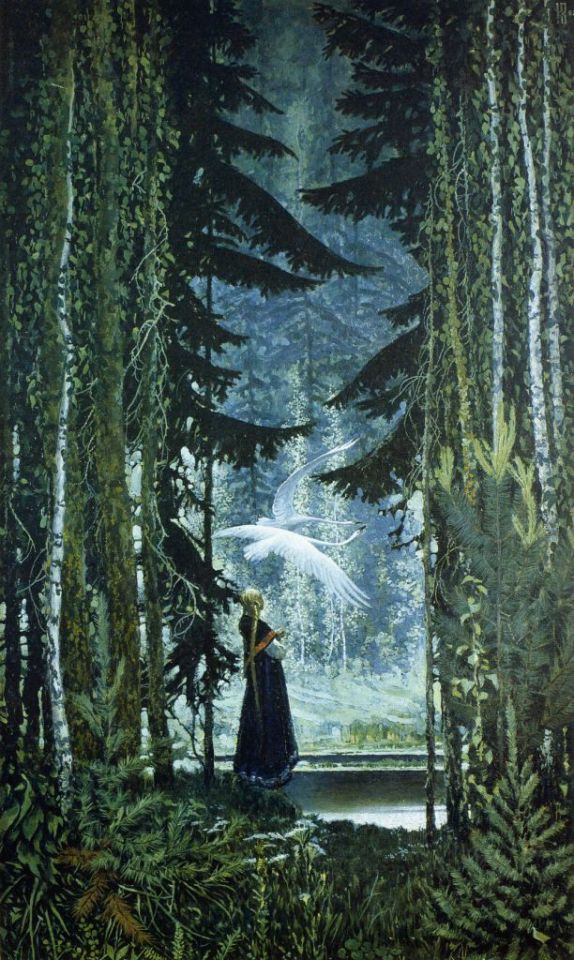
Konstantin Vasilyev - The Magic Swan Geese (1967)
316 notes
·
View notes
Photo
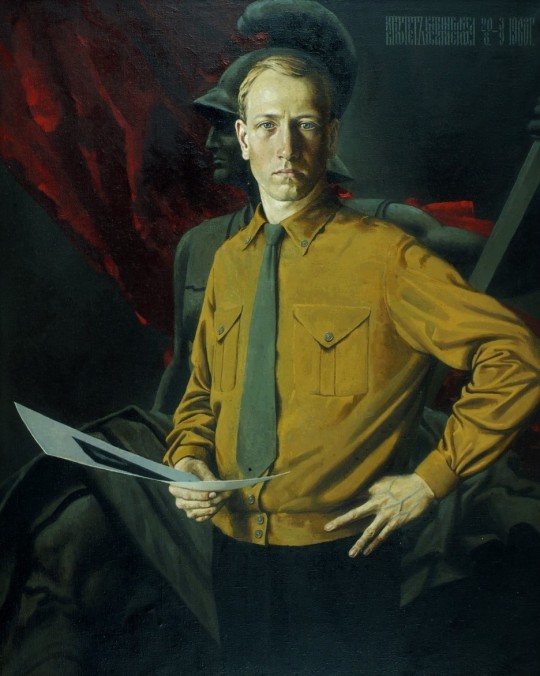
Konstantin Vasilyev- Self portrait
Konstantín Alexeyevich Vasilyev (Russian: Константи́н Алексе́евич Васи́льев; September 3, 1942 – October 29, 1976) was a Russian symbolist painter. He left more than 400 paintings and drawings. His range of works included portraits, landscapes, realistic compositions, Russian epics, Slavic and Teutonic mythology, and battle paintings. Vasilyev popularized legendary characters of the Russian folk art, songs and fairy tales.
35 notes
·
View notes
Photo

“Валькирия / Valkyrie” Konstantin Vasilyev 1969
37 notes
·
View notes
Text
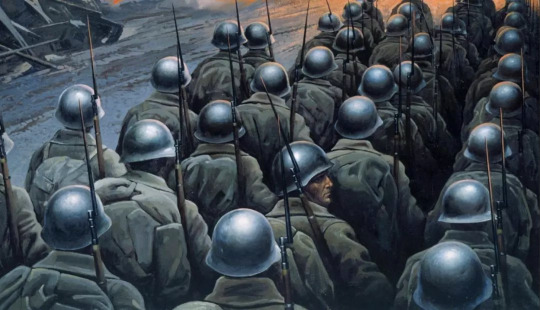
Konstantin Vasilyev tarafından 1975'de çizilen "Anayurt Ağıdı" adlı resim.
1 note
·
View note
Text
MUSEO IRREVERENTES: “Atomic Explosion (1963)
Konstantin Vasilyev (1942-1976)

View On WordPress
0 notes
Photo
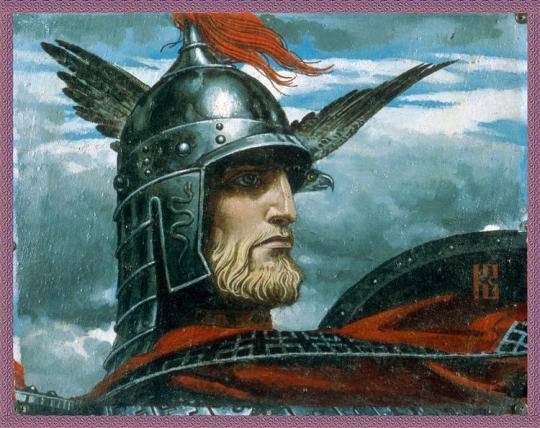
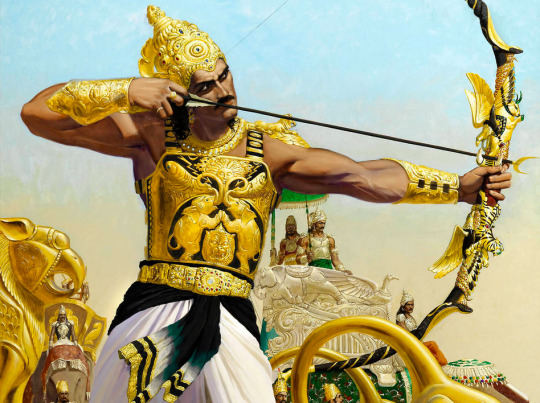

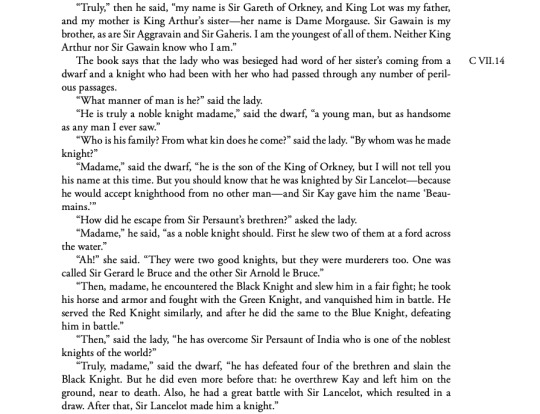
Knight & Valkyrie by Konstantin Vasilyev + Sir Thomas Malory’s Morte Darthur trans. by Dorsey Armstrong
The creative development of social structure by mankind, a second nature is, indeed, being brought to birth within the universe…The moment when the Round Table of King Arthur became a place of loneliness and when the Knights set out upon the quest of the Grail, is the point in evolution whereat man learns courageously and willingly to lose the old clairvoyance which was nature-given but therefore also nature-bound. Man enters bravely upon the intermediate period of quest and search within the world of the physical senses, whereafter he is destined to give birth again to a new clairvoyance. This new clairvoyance, unlike the old, does not unveil the secrets of nature in cosmic Imaginations, but in prophetic pictures no less significant foresees the future of social life. The true quest of the Grail begins only at the point where Merlin dies. It is the quest of the spirit in the crystal cup of matter; it is the seeking of that social love whose coming cannot merely be awaited but will be brought forth by our creative action. This newly awakened love is not the love of antiquity—the love of nature and of the nature-spirits—it is the love within the human kingdom, linking man with man, nay, more, linking whole groups of human beings with one another. Through this alone shall we find the returning way from matter to the stars.
—Walter Johannes Stein, The Death of Merlin
#Konstantin Vasilyev#Walter Johannes Stein#the holy grail#anthroposophy#spiritual science#Arthurian Legend#Sir Thomas Malory#Dorsey Armstrong
0 notes
Text
tagged by @novashka
last song: Lord of the dance Vulcans hammer
favourite colour: light blue
currently watching: death note
last film: Runaway train
currently reading: Heart of a dog by Mikhail Bulgakov and the horse the wheel and language by David W. Anthony
sweet/savoury/spicy: savoury
relationship status: single
current obsessions: Neo-Folk, researching Scythians and Indo Europeans in general
last thing i googled: Konstantin Vasilyev
currently working on: recovering from surgery, writing
you have been volunteered: @fkalamb @tinyshe @vonsalomonii @smog-ktmcu5480
12 notes
·
View notes
Photo

Konstantin Vasilyev - Self portrait
Konstantín Alexeyevich Vasilyev (Russian: Константи́н Алексе́евич Васи́льев; September 3, 1942 – October 29, 1976) was a Russian symbolist painter. He left more than 400 paintings and drawings. His range of works included portraits, landscapes, realistic compositions, Russian epics, Slavic and Teutonic mythology, and battle paintings. Vasilyev popularized legendary characters of the Russian folk art, songs and fairy tales.
21 notes
·
View notes
Text
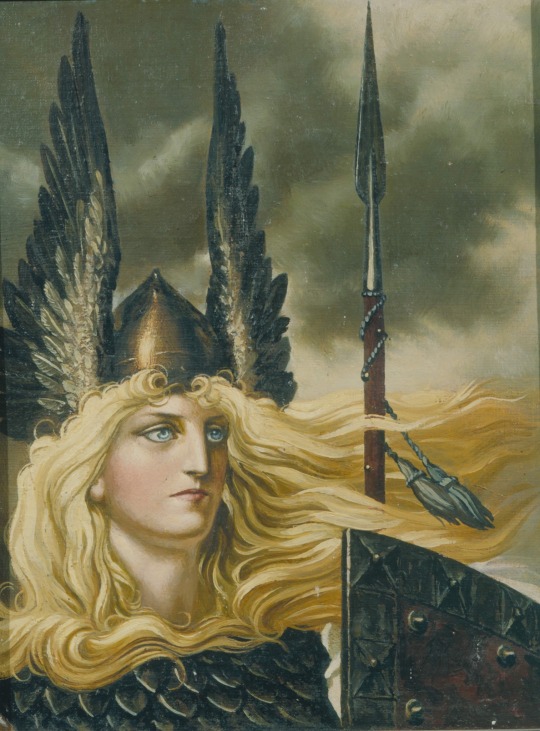
Konstantin Vasilyev
Valkyrie
1969
#konatantin vasilyev#art#painting#drawing#art history#symbolism#mythological painting#mythology#valkyrie
3 notes
·
View notes
Photo
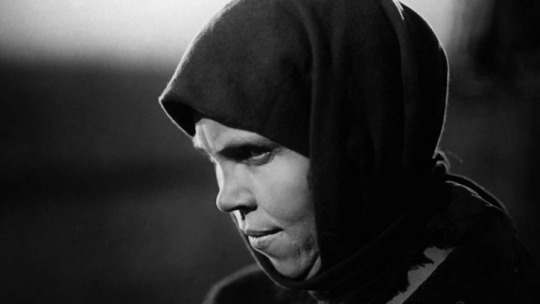
Marfa Lapkina in The Old and the New (Sergei Eisenstein and Grigori Aleksandrov, 1929)
Cast: Marfa Lapkina, M. Ivanin, Konstantin Vasilyev, Vasili Buzenkov, Nejnikov, Chukamaryev, Ivan Yudin, E. Suhareva, G. Matvei. Screenplay: Grigori Aleksandrov, Sergei Eisenstein. Cinematography: Eduard Tisse. Art direction: Andrey Burov, Vasili Kovrigin, Vasiliy Rakhals.
Sergei Eisenstein's last silent film almost deserves the old joke that you can always tell a Soviet film because the hero is a tractor. The Old and the New (sometimes called Old and New; the Russian language has no definite or indefinite articles) does conclude with a kind of ballet of tractors, but its hero is human: Marfa Lapkina, an actual Russian peasant who essentially plays herself in a story about the efforts to organize a kolkhoz, a collective farm. We first see Marfa struggling to survive as a farmer who doesn't even have a horse. Reduced to begging, she goes to the fat, greasy kulaks in her neighborhood, who reject her pleas for help. But a revolutionary organizer arrives in the village to set up a collective and introduce the locals to farm machinery. The rest of the film depicts Marfa's rise to leadership of the collective, battling the resistance of stick-in-the-muds, kulaks who poison the collective's bull, and bureaucrats who drag their feet on providing the collective with a tractor. The film was begun in 1927 under the title The General Line, but Eisenstein's work on it was interrupted so he could finish October (Ten Days That Shook the World), a celebration of the tenth anniversary of the Bolshevik revolution. Meanwhile, Leon Trotsky, whose ideas about collective agriculture were the original impetus for the film, fell from power -- a foreshadowing not only of the difficulties Eisenstein was to have dealing with Soviet ideology as Stalin consolidated his power, but also of the troubles ahead for Russian farmers in the 1930s. The film was taken out of Eisenstein's hands and re-edited, but the restored version we have today is visually fascinating: The opening scenes of suffering Russian peasants, strikingly filmed by Eduard Tisse, bring to mind the work of Walker Evans and Dorothea Lange in documenting American farmers in the South and the Dust Bowl during the Depression. There are several bravura montages, some of which are used for a comic effect we don't usually expect from Eisenstein, such as the "wedding scene" in which the bride turns out to be the collective's cow and the groom the bull, and the demonstration of a new milk separator that builds to an orgasmic release of cream from the machine's lovingly filmed spigots. But the propaganda is also thick and heavy in the depiction of kulaks and bureaucrats, and especially in the treatment of the Orthodox church in a scene in which an ecclesiastical procession goes out to pray for rain to end the drought. The images of the sweaty clergy and congregants carrying icons and prostrating themselves in supplication are intercut with images of bleating sheep. Eisenstein left the Soviet Union, accompanied by Tisse and his co-director Girgori Aleksandrov, in 1928; after a disastrous attempt to work in the United States and Mexico, he was persuaded to return to Russia in 1932 but didn't complete another film until Alexander Nevsky in 1938.
2 notes
·
View notes
